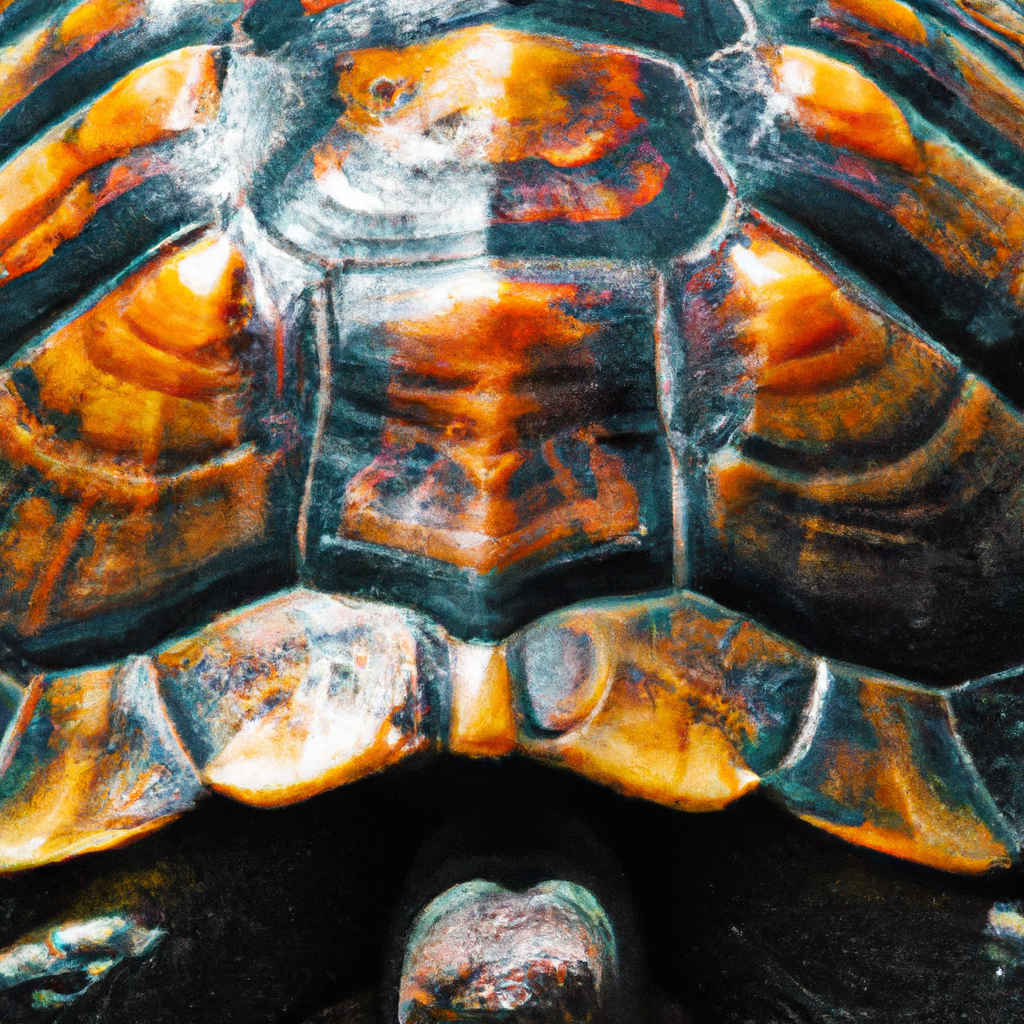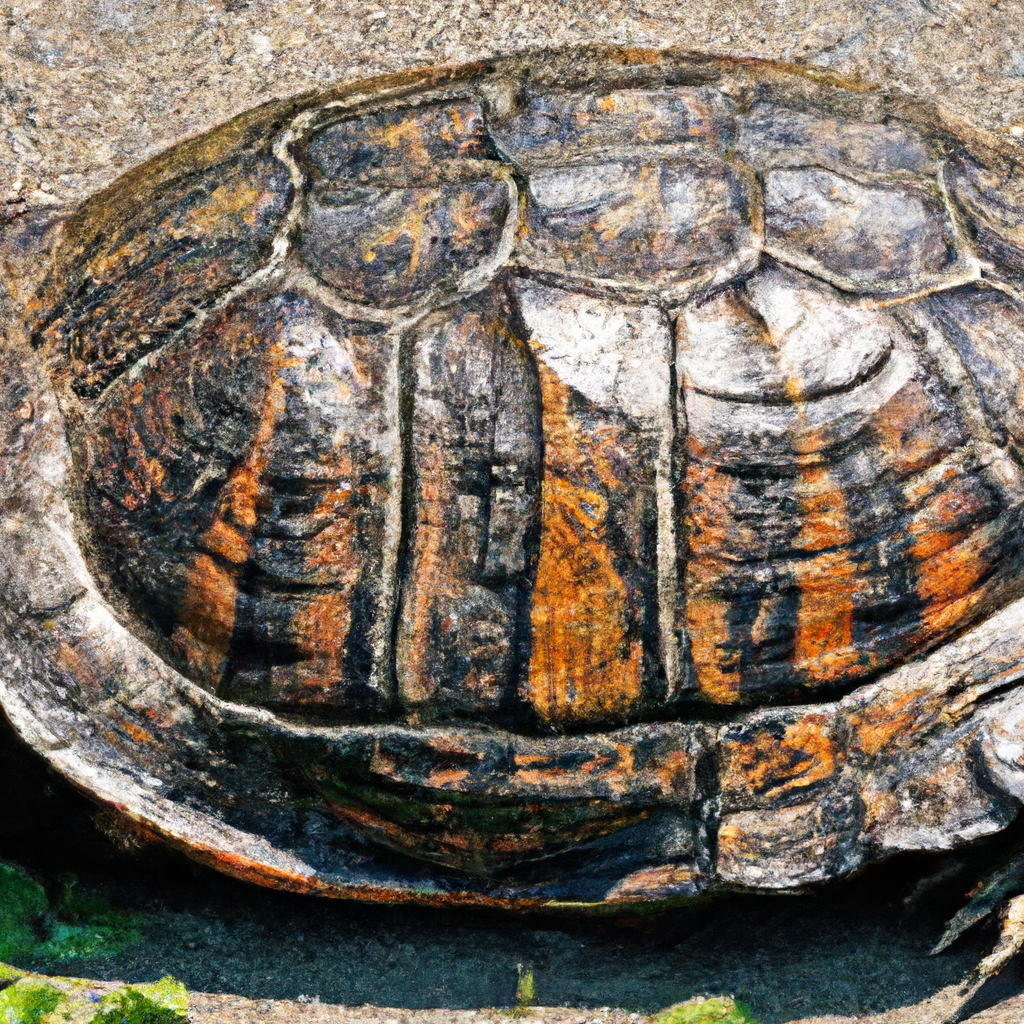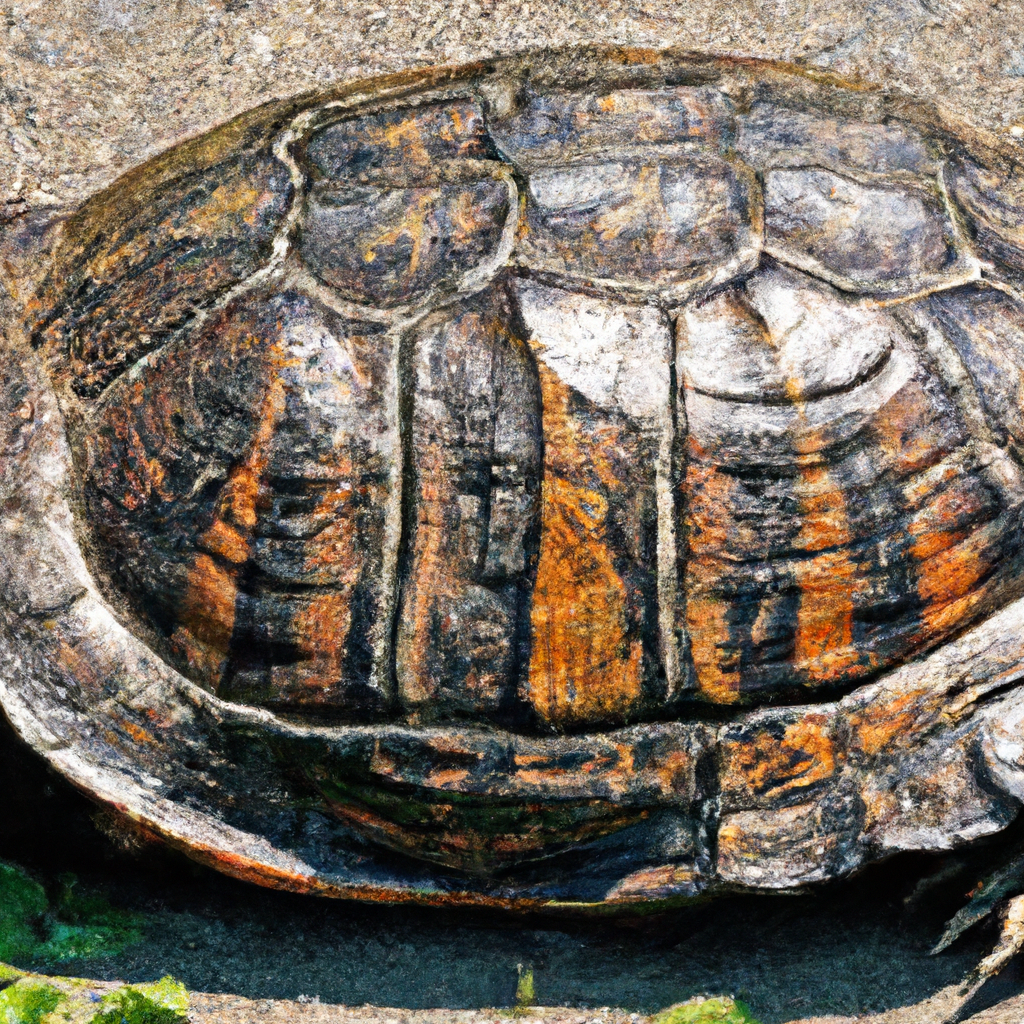So you’ve got a pet turtle with a damaged shell, huh? Well, you’ve come to the right place! In this article, we’ll be talking all about turtle shell health, specifically focusing on recognizing and treating shell damage. Whether your turtle has a small crack or a more severe injury, we’ve got you covered. So sit back, relax, and let’s dive into the world of turtle shell health!
Turtle Shell Anatomy
The turtle shell is a unique and remarkable feature that serves as both protection and support for these reptiles. Understanding the anatomy of a turtle’s shell is essential for recognizing and treating shell damage effectively.
Exterior Shell
The exterior shell, also known as the carapace, is the upper part of the turtle’s shell. It consists of tough, bony plates called scutes, which are made of keratin, the same material found in human nails. The arrangement of these scutes varies depending on the species, with some turtles having smooth shells and others having rough or raised patterns.
Interior Shell
The interior shell, known as the plastron, is the lower part of the turtle’s shell. It is also composed of scutes, but it is generally flatter than the carapace. The plastron is responsible for protecting the turtle’s internal organs.
Common Types of Shell Damage
Turtle shells are susceptible to various types of damage that can occur as a result of accidents, poor husbandry, or disease. Understanding the different types of shell damage can help you identify and address issues promptly.
Cracks
Cracks in a turtle’s shell are relatively common and can range from minor surface cracks to more severe ones that extend deeper into the shell. Cracks can be caused by trauma, such as falls or being dropped, or by excessive force applied to the shell.
Fractures
Fractures are similar to cracks but typically involve more significant damage to the turtle’s shell. They can be partial or complete and may be caused by traumatic events or underlying bone diseases.
Holes
Holes in a turtle’s shell are often a result of infections or injuries that have penetrated the outer layers. These holes can serve as entry points for bacteria and other pathogens, leading to more severe health issues if left untreated.
Scutes Damage
Scutes damage refers to any injury or abnormalities affecting the individual plates that make up the turtle’s shell. This damage can manifest as peeling, discoloration, or malformation of the scutes.
Pyramiding
Pyramiding is a shell condition commonly observed in captive turtles, characterized by the abnormal growth of scutes that form a pyramid-like shape. It is often a result of poor nutrition, inadequate UVB exposure, or inappropriate housing conditions.

Recognizing Shell Damage
Regularly inspecting your turtle’s shell for any signs of damage is crucial for maintaining their health and well-being. There are two main ways to recognize shell damage: visual examination and changes in behavior or habits.
Visual Examination
Take the time to visually inspect your turtle’s shell on a regular basis. Look for any visible cracks, fractures, holes, or abnormalities in the scutes. Pay attention to any discoloration, peeling, or unusual growth patterns, such as pyramiding. These visual cues can indicate underlying shell damage.
Changes in Behavior or Habits
In addition to visual examination, it is essential to watch for changes in your turtle’s behavior or habits that may indicate shell damage. Look out for signs of pain, such as reluctance to move or eat, lethargy, or unusual hiding. Changes in swimming patterns or difficulty retracting the head or limbs may also signal shell damage.
Immediate Steps After Shell Damage
If you discover shell damage on your turtle, it’s crucial to take immediate steps to ensure their well-being and prevent further injury. Here are some essential actions to take:
Creating a Temporary Enclosure
For turtles with severe shell damage, it may be necessary to create a temporary enclosure to isolate them from potential harm. Use a clean container or tank with enough space for the turtle to move comfortably without aggravating the injury.
Providing Clean Water and Proper Nutrition
Clean, fresh water is crucial for maintaining proper hydration and preventing infection. Ensure that your turtle has access to clean water that is appropriate for their species. Additionally, provide a balanced and nutritious diet tailored to their needs.
Avoiding Further Injury
When a turtle’s shell is damaged, it becomes more vulnerable to additional injuries. Take precautions to protect the injured area, such as avoiding rough surfaces, sharp objects, or handling the turtle without proper support. Minimize stress and disturbance to give the turtle the best chance of healing.

Treating Minor Shell Damage
Minor shell damage can often be treated with regular observation and proper care. Follow these steps to help your turtle heal:
Observation and Regular Cleaning
Monitor the shell damage closely and keep it clean to prevent infection. Use a soft, damp cloth or a mild, water-based disinfectant to gently clean the affected area. Regularly inspect the shell for any signs of improvement or worsening.
Applying Over-the-Counter Treatments
Some over-the-counter treatments, such as topical ointments or sprays specifically formulated for shell health, can help promote healing and prevent infection. Consult with a veterinarian or reptile specialist to ensure you choose the most suitable product for your turtle’s condition.
Monitoring Healing Progress
Keep a close eye on how the shell damage is progressing. Notice any changes in the appearance of the shell, scutes, or surrounding tissues. If there are no significant improvements or if the damage worsens, it’s essential to seek professional help.
Treating Severe Shell Damage
In cases of severe shell damage, it is crucial to seek professional help to ensure the best possible outcome for your turtle’s health and well-being.
Seeking Professional Help
Consult a reptile veterinarian or a specialist experienced in treating shell damage for a thorough examination and professional advice. They will be able to assess the severity of the damage and recommend appropriate treatment options.
Surgical Repair Options
In some cases, severe shell damage may require surgical intervention. Veterinary professionals can perform procedures such as shell stabilization, using pins or screws to hold fractured pieces together, or applying epoxy or other materials to repair holes or deep cracks. These procedures aim to ensure proper healing and prevent infection.
Preventing Shell Damage
Prevention is key when it comes to maintaining a healthy turtle shell. By following these guidelines, you can significantly reduce the risk of shell damage:
Proper Handling Techniques
Always handle your turtle with care, supporting their entire body and avoiding any unnecessary pressure on their shell. When picking up a turtle, hold it from the sides, avoiding grasping the shell too tightly.
Maintaining a Safe Habitat
Provide an appropriate and safe environment for your turtle. Ensure that the enclosure is spacious, with appropriate substrates, hiding spots, and basking areas. Eliminate any potential hazards, such as sharp objects or rough surfaces that can cause injuries.
Balanced Diet and Calcium Supplementation
Offer a well-balanced diet that meets the nutritional requirements of your turtle’s specific species. Include a variety of vegetables, fruits, and high-quality commercial turtle pellets. Additionally, provide calcium supplementation to support strong shell growth and overall health.
Long-Term Shell Health Maintenance
Maintaining optimal shell health requires long-term care and attention.
Regular Shell Inspections
Continue to inspect your turtle’s shell regularly, even when there are no visible signs of damage. This allows you to detect any subtle changes or early signs of shell issues promptly.
Maintaining Optimal Husbandry Conditions
Ensure that your turtle’s enclosure provides appropriate temperature, humidity, and UVB light levels. Optimal husbandry conditions are vital for overall health and shell development. Follow recommendations specific to your turtle’s species to create an environment that promotes long-term shell health.
Shell Health and Turtle Overall Well-being
A healthy shell is essential for a turtle’s overall well-being. The shell provides protection for vital organs, supports the turtle’s body, and plays a role in regulating temperature and maintaining hydration. By prioritizing shell health, you are boosting your turtle’s chances of living a long, healthy life.
The Importance of a Healthy Shell
A healthy shell is more than just a physical attribute; it is a crucial component of a turtle’s overall health. A strong and intact shell ensures that the turtle’s internal organs are adequately protected and allows for proper movement and locomotion.
Implications for Turtle Health
Any shell damage, whether minor or severe, can have significant implications for a turtle’s health. Infections can set in, leading to systemic illnesses, and the ability to thermoregulate may be compromised. Additionally, if left untreated, shell damage can cause chronic pain and hinder the turtle’s ability to swim, forage, and reproduce.
Conclusion
Understanding turtle shell anatomy, recognizing different types of shell damage, and knowing how to treat and prevent such damage are crucial for ensuring the long-term health and well-being of these incredible reptiles. By taking proactive steps to maintain a healthy shell and promptly addressing any signs of damage, you are giving your turtle the best chance of a happy and healthy life. Remember, a healthy shell means a healthy turtle!
